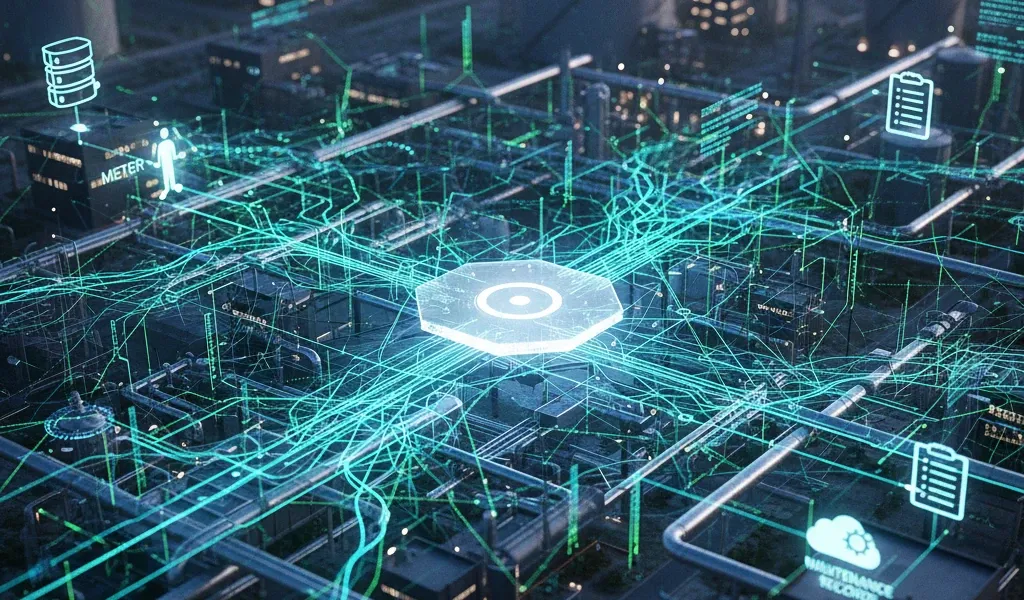⏱️ 3 min read
Measure to Manage: The Invisible Architecture Behind Energy Intelligence
June 2025

Before efficiency can be improved, it has to be seen. The old management rule — “what gets measured, gets managed” — still holds true, but in the digital era, how we measure determines how well we manage. The ability to understand and act on energy data no longer depends on the size of a factory or the price of a sensor — it depends on the quality of the underlying digital architecture.
1) The Anatomy of an Energy Dataset
Factories, campuses, and supply chains generate countless streams of information: smart meters, SCADA tags, production logs, invoices, maintenance records, and weather data. Each by itself tells only a fragment of the story. When these pieces are organized within a shared digital layer, they stop being isolated readings and become the foundation of collective understanding.
A well-structured infrastructure quietly performs three essential tasks: collecting, timestamping, and contextualizing data from different systems. The result is not just a dashboard but a living dataset — one where every kilowatt-hour, temperature reading, or production count can be traced to its context and consequence. This invisible coherence is what allows insight to emerge naturally.
2) Integration as a Mindset
Digital integration is as much a cultural shift as a technical one. When data flows freely across departments and tools, energy performance stops being an isolated function and becomes part of daily decision-making. Production teams see how their schedules affect demand peaks; procurement understands the carbon cost of a purchase; finance can quantify savings without guesswork.
Through open standards and interoperable systems, organizations can replace fragmented control panels with a single, transparent view of operations. The goal isn’t centralization — it’s conversation between systems. Integration transforms data from static evidence into a shared language for improvement.
3) From Measurement to Meaning
Accurate data is necessary, but not sufficient. The next step is meaning: connecting numbers to purpose. This happens when measurements are tied to time, process, and intent — when a reading is no longer “1,200 kWh,” but “1,200 kWh to produce 500 units under these conditions.”
Digital twins, predictive analytics, and continuous baselining all depend on this integrity of context. Without it, every optimization remains temporary. With it, management becomes proactive, not reactive — a continuous act of learning.
4) Reflection
To measure is to understand; to integrate is to act. The strength of any energy or carbon management effort lies not in how impressive its screens look, but in how coherently its data flows. When measurement becomes continuous, integrated, and contextual, management becomes second nature.
In the end, digital infrastructure is more than technology — it’s the nervous system of sustainable industry.